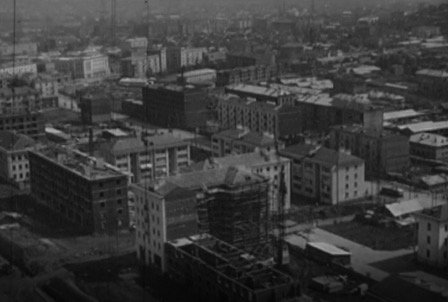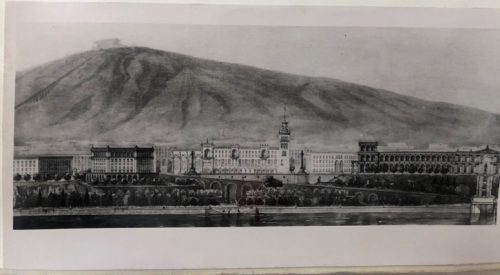

Soviet authorities treated city planning as one of the most influential aspects of their ideology and thus it played a central role in Soviet life. Discussions about what constituted a Soviet city and how a city should be planned to align with socialist principles were initiated by several theorists who gradually formed two schools, urbanists and de-urbanists, both of which were influenced by European schools of thought. Urbanists were largely influenced by Howard’s Garden City concept, ‘where planners placed a high value on dwelling position, green spaces, and recreational opportunities,’ while at the same time idealizing Le Corbusier’s approaches to city development.
In order to discuss the Soviet city planning characteristics, Ia Kupatadze analyses one particular housing unit, where architecture and its location played an important role in urban setting formation processes that well describes the influence of the of European architects and planners which was something more or less hidden used by Soviet architects.
